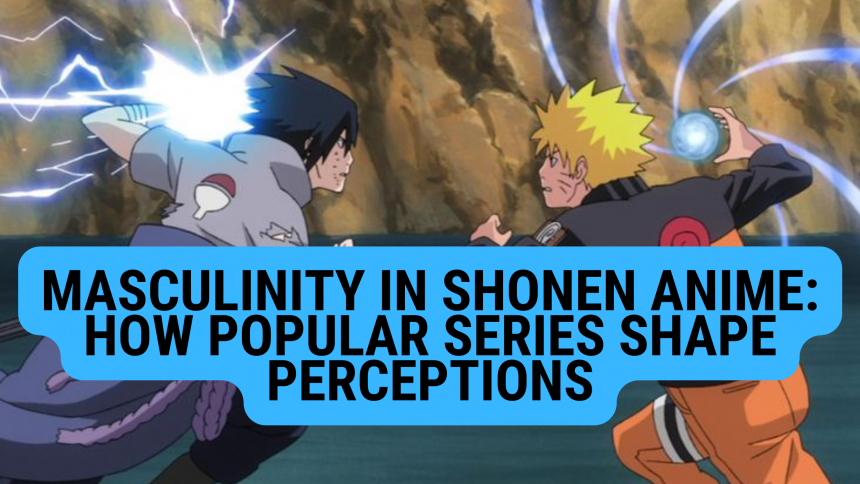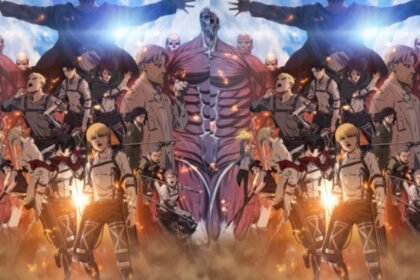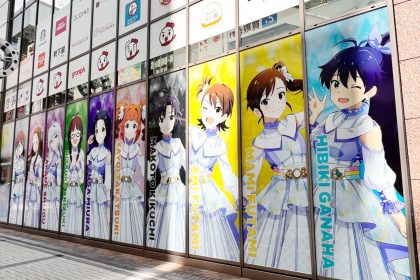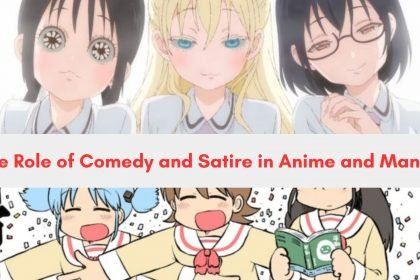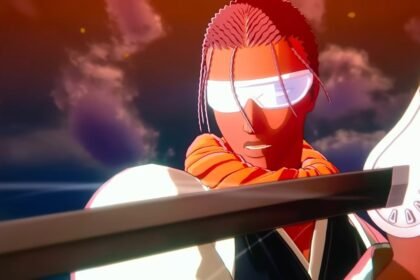Shonen anime, a term that might sound foreign to some, is a cornerstone of Japanese animation. Targeted primarily at young male audiences, shonen anime often revolves around themes of friendship, rivalry, and personal growth. But why should we care about a genre from a different culture? Because media, including anime, is a reflection of society’s values, beliefs, and norms. Understanding how masculinity is portrayed in shonen anime can offer insights into broader cultural perceptions of gender roles and expectations.
Historical Context
Shonen anime has its roots deep in Japanese culture. Originally designed for young boys, these series often featured male protagonists embarking on adventures, facing challenges, and growing stronger. Over time, the portrayal of these male characters evolved, reflecting the changing societal views on masculinity.
Common Tropes and Themes
-
The Underdog Hero
Almost every shonen anime has that one character who starts from the bottom. Think of Naruto, initially an outcast, who works his way up to become a respected ninja. Or Deku from “My Hero Academia,” who goes from being Quirkless to one of the most promising heroes of his generation. These characters embody the spirit of perseverance and determination, emphasizing that with hard work, even the underdog can rise to the top.
-
The Rivalry Dynamic
Rivalries are a staple in shonen anime. From the iconic Goku-Vegeta dynamic in “Dragon Ball” to the complex relationship between Naruto and Sasuke, these rivalries drive character development. They push characters to their limits, challenge their beliefs, and often lead to some of the most epic battles in anime history. Over the years, the nature of these rivalries has evolved. While early shonen rivalries were often rooted in antagonism, modern series like “My Hero Academia” present a more nuanced take, with rivals like Deku and Bakugou having a history that’s both collaborative and contentious.
-
Brotherhood and Friendship
If there’s one thing shonen anime emphasizes, it’s the power of friendship. Series like “Fairy Tail” and “One Piece” are built on the foundation of camaraderie and brotherhood. These friendships, often formed in the heat of battle, become the protagonists’ strength, pushing them to overcome seemingly insurmountable odds.
-
Emotional Vulnerability
Gone are the days when men were expected to be stoic and unemotional. Modern shonen anime champions emotional vulnerability. Characters are allowed to cry, to express fear, and to lean on others for support. This shift not only makes these characters more relatable but also challenges traditional notions of masculinity.
Criticisms and Controversies
-
One-dimensional Characters
A recurring critique in the anime community is the presence of one-dimensional characters. These characters, as the name suggests, lack depth and complexity, often being defined by a single trait or characteristic. For instance, in many shonen anime, there might be a character who is solely defined by their anger or another who is just the “comic relief.” While these characters can serve specific purposes in the narrative, they can also come off as predictable and unengaging. A Reddit discussion highlights this issue, pointing out that while one-dimensional characters might mirror acquaintances in real life whom we know superficially, they can sometimes fail to connect with the audience. This lack of connection can make them seem unnecessary or even boring, overshadowing the main characters whose stories are more fleshed out.
-
Toxic Masculinity
Shonen anime, while celebrating perseverance, friendship, and growth, sometimes inadvertently perpetuates harmful stereotypes about masculinity. Characters who never back down, even when it’s the wiser choice, or those who resort to aggression as a first response, can send a skewed message about what it means to be “manly.” This overemphasis on traits like aggression, dominance, and suppressing emotions can inadvertently promote toxic masculinity, suggesting that these are the ideals young men should aspire to.
-
Gender Roles and Expectations
Traditional gender roles are often starkly portrayed in shonen anime. Male characters are frequently depicted as the protectors, the warriors, and the decision-makers, while female characters are often relegated to supporting roles. They might be the love interest, the healer, or the character in need of rescue. For example, in many arcs of popular shonen anime, female characters are sidelined, their potential stunted by the narrative’s focus on their male counterparts. This portrayal can reinforce outdated gender norms, suggesting that men should be dominant and women subservient.
While shonen anime has made significant strides over the years, with series introducing strong, independent female characters and nuanced male protagonists, there’s still a long way to go. As audiences become more discerning and vocal about their preferences, there’s hope that future shonen anime will continue to challenge and redefine traditional gender roles and expectations.
Positive Impacts and Progress
-
Breaking Gender Norms
Shonen anime has been instrumental in challenging and redefining traditional gender norms. Characters like Haku from “Naruto” blur the lines between masculinity and femininity. Haku’s androgynous appearance and gentle demeanor contrast sharply with the typical male warrior archetype. Similarly, Kurama from “Yu Yu Hakusho” with his calm, intelligent, and somewhat feminine demeanor, defies the traditional mold of a male fighter, proving that strength isn’t solely defined by physical prowess or aggressive behavior.
-
Promotion of Healthy Masculinity
Modern shonen anime has been at the forefront of promoting a healthier, more empathetic form of masculinity. Naruto, the titular character from the series “Naruto,” exemplifies this. Time and again, he reaches out to foes, trying to understand their pain and motivations. His ability to connect with adversaries like Pain and Obito, using what fans lovingly dub “Talk no Jutsu,” showcases the power of empathy and understanding. Similarly, Deku from “My Hero Academia” isn’t afraid to show his emotions. His tears aren’t a sign of weakness but a testament to his genuine concern and care for others.
-
Influence on Global Pop Culture
Shonen anime’s global reach has been undeniable. Its influence on perceptions of masculinity is evident worldwide. Series like “One Piece” emphasize the importance of “Nakama” or comrades. Luffy’s unwavering trust in his friends and crew members underscores the significance of bonds and trust. “Dragon Ball,” another iconic series, showcases the power of friendship in pivotal moments, such as Goku’s transformation into a Super Saiyan after witnessing the death of his best friend, Krillin. These series, among others, have not only entertained millions globally but have also subtly reshaped how masculinity is perceived, emphasizing values like friendship, trust, and emotional expression.
Another testament to the influence of shonen anime on global pop culture is the international success of “Demon Slayer.” Despite its dark themes, the series highlights the importance of camaraderie and belief in one’s friends. The central characters, through their teamwork and mutual trust, combat formidable foes, emphasizing that unity and friendship can overcome even the most daunting challenges.
As shonen anime continues to gain traction worldwide. Its positive impact on challenging and reshaping traditional norms related to masculinity is undeniable. Through compelling narratives and relatable characters, these series offer a fresh perspective on what it means to be a man in today’s world.
Conclusion
Shonen anime, with its rich tapestry of characters and themes, offers a unique lens to examine cultural perceptions of masculinity. From underdog heroes to complex rivalries, these series. Challenge, reinforce, and reshape our understanding of what it means to be a man. As we move forward, it’s crucial to champion. More diverse and nuanced representations, ensuring that future generations have a broader spectrum of masculine archetypes to look up to.







